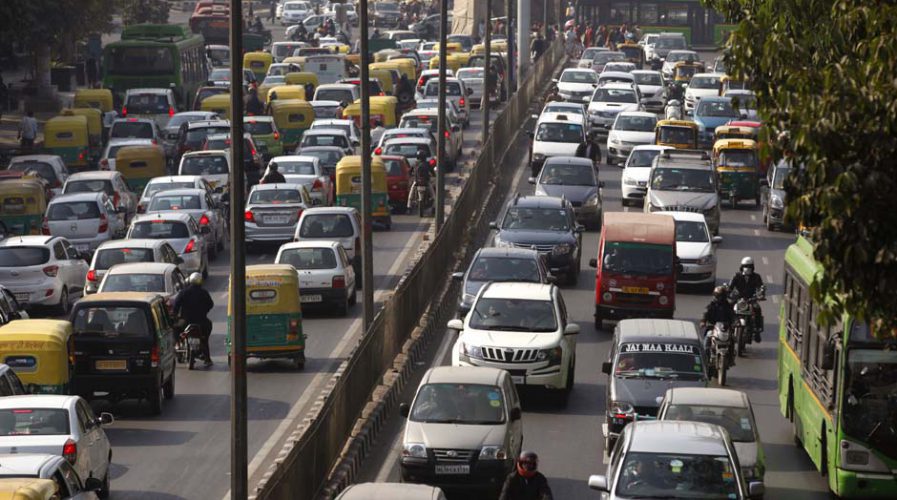
How ride-hailing app Drife is taking on Uber, Ola in India by decentralizing the ecosystemSource: AP.
How ride-hailing app Drife is taking on Uber, Ola in India by decentralizing the ecosystem
- Ride-hailing startup Drife thinks blockchain technology could be the key to breaking up Uber and Ola duopoly in India.
- The aim of a decentralized ride-hailing platform is to put control back into the hands of users.
- The company also has its own cryptocurrency, DRF, which will play an important role in Drife’s expansion plans.
The decade-long ride-hailing wars in India which saw Uber and Ola slugging it out for supremacy, is now taking an interesting turn as they are increasingly being challenged by other players looking to break their duopoly. Since last year especially, both Ola and Uber have been under pressure by the emergence of a Bengaluru-based decentralized ride-hailing startup Drife. The company, riding on blockchain technology, has been luring gig workers in India with a zero-commission approach, market-dictated pricing, open governance, and transparency.
And it’s certainly working, especially at times when the pandemic has battered the local ride hailing market. Today, Drive has more than 10,000 drivers and 100,000 riders signed up to the platform, according to IEEE Spectrum in their interview with CEO and cofounder Firdosh Sheikh. The problem with the likes of Uber and Ola, be it in India or anywhere else is the existence of a middleman controlling the relationship between riders and drivers. That is why Sheikh decided to build a decentralized ride-hailing platform that puts control back into the hands of users via blockchain technology.
Drife dubs themselves as ‘Taxi 3.0’ based on their website. After three years of development, Drife was launched last November in the southern city of Bangalore. What sets Drife apart from players like Uber, according to Sheikh, is that they don’t charge any commission. “Drivers get to keep the entire fare and will instead pay a monthly subscription to use the platform, although the company is currently waiving this to encourage sign-ups,” according to IEEE Spectrum’s article.
How it works is that a base fare is set based on the class of vehicle and the distance of the trip, but after that riders can boost the amount they are willing to pay to attract more drivers. Drivers are also allowed to counteroffer, a concept similar to the US-based inDriver ride-hailing service. That also means pricing is purely market-driven, and because Drive isn’t taking a cut, fares should be cheaper than alternatives, Sheikh iterated.

After three years of development, Drife was launched last November in the southern city of Bangalore. Source: Drife
Since it is a blockchain-based company, Drife also has its own cryptocurrency, called DRF, which at present can’t be used for much. Sheikh did share that the token will play an important role in Drife’s expansion plans. The company also plans to operate on a franchise model, with local entrepreneurs bidding to run Drife operations in new cities in return for a share of subscription fees. For that to happen, they will need to purchase a large chunk of DRF tokens and lock them up for the duration of their contract.
Up till now, the company has received about 60 franchise requests from cities across the world, according to Sheikh. “About 30% of DRF tokens have also been reserved for an “ecosystem fund,” which will be used for incentives and rewards for drivers and riders. Besides being tradable for real money, these tokens will also confer the right to vote in a decentralized autonomous organization (DAO)—a kind of member-run organization whose internal rules are encoded into a blockchain.
“Each city will have their own DAO, which will be responsible for choosing franchisees,” the article by IEEE reads. At this point, the company is doing only around 7,000 rides a week, compared to the millions done by Uber and Ola every day.
READ MORE
- Safer Automation: How Sophic and Firmus Succeeded in Malaysia with MDEC’s Support
- Privilege granted, not gained: Intelligent authorization for enhanced infrastructure productivity
- Low-Code produces the Proof-of-Possibilities
- New Wearables Enable Staff to Work Faster and Safer
- Experts weigh in on Oracle’s departure from adland


